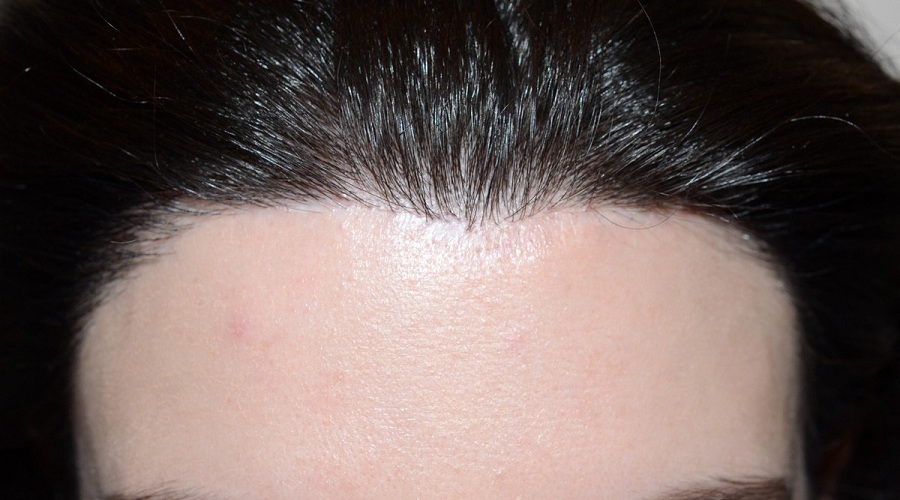A high hairline or elongated forehead can result in an unbalanced appearance, often prematurely aging those affected. An oversized forehead can detract from a woman’s facial harmony, and is particularly disliked by younger women. Due to hairline recession with age, men are not as good candidates for this procedure as women. However men may also be a candidate for hairline lowering, but need a thorough assessment first to determine their suitability. Today, a hairline lowering surgical procedure can help restore balance to the face, bringing the hairline to a more aesthetically pleasing position.
Traditionally the female hairline starts between 4 and 6 cm above the eyebrows. Typically, the hairline should start at around the transition point between the vertical forehead and the point where the forehead starts to slope backwards towards the scalp. It can look relatively unattractive if the hairline starts well above this transition point.
The most important factor in a successful hairline lowering surgery is scalp flexibility. If a patient has a relatively flexible scalp – in other words if they can wriggle it backwards and forwards quite freely – a good anterior scalp advancement or lowering of the hairline can be achieved. If the scalp is not flexible, however it can be more difficult to advance the scalp to reduce the forehead and sometimes two stage surgery is needed.
Other factors that need to be taken into consideration are density of the hair, the presence of any hair whorls or cowlicks, and whether there is any active or hereditary hair loss in the family.
Hairline lowering surgery can be performed at the same time as brow lifting surgery but the two procedures don’t necessarily need to be performed together and it’s important for patients to understand that hairline lowering does not necessarily elevate the brows.
The Procedure
During the procedure, an irregular incision is made between the existing anterior hairline and the forehead. The hair-bearing scalp can then be lifted and moved forwards. It’s important for the surgeon to have experience with the trichophytic incision. This technique means hair can grow through the incision during the recovery phase to help camouflage the incision. It’s also important for the surgeon to understand the direction of hair growth and preservation of scalp blood supply. These are all technical details which help ensure optimal results. The surgery is performed under general anaesthesia.
